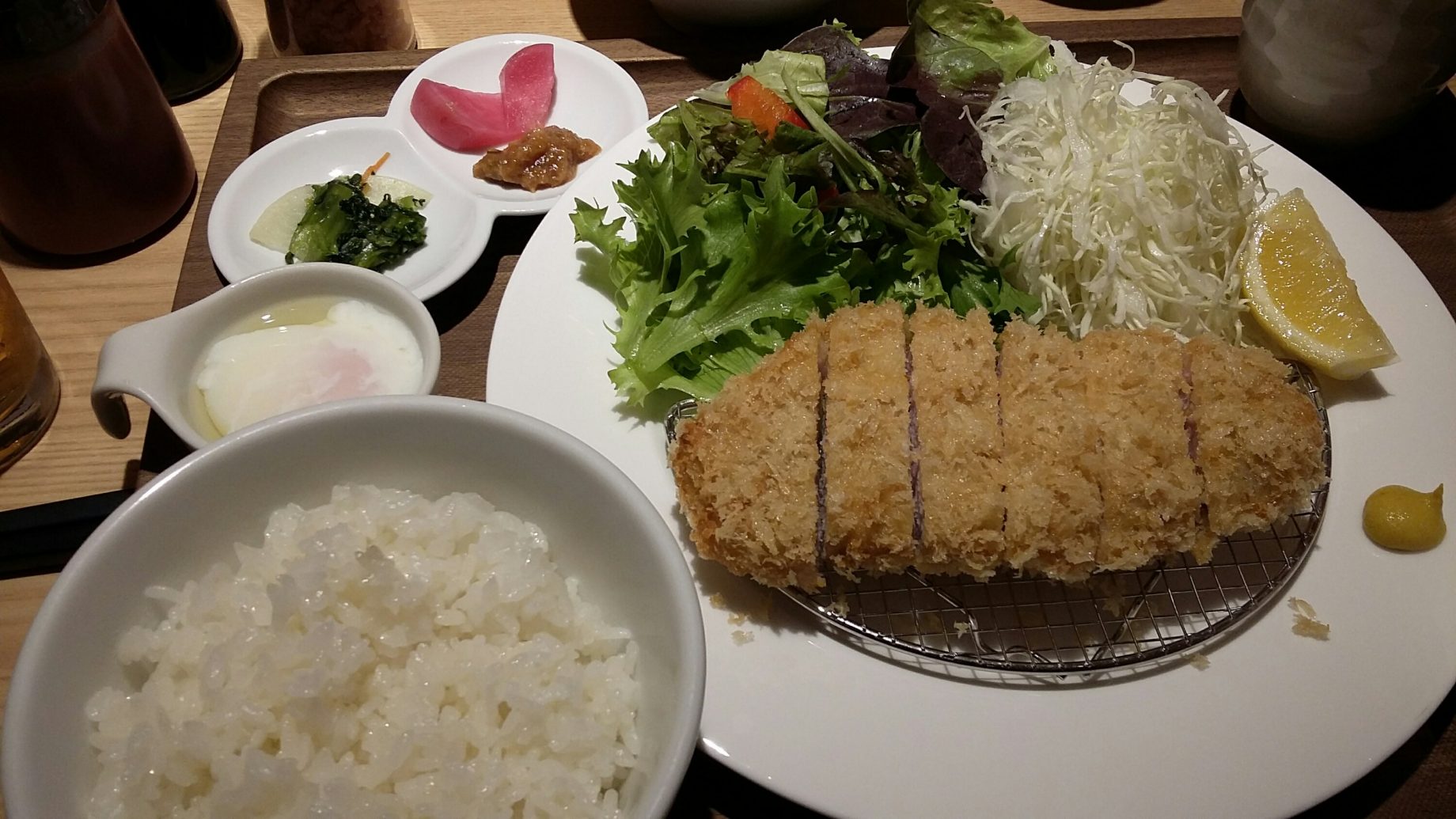With growing confidence we plotted the day’s sightseeing along a route that had us criss-crossing Tokyo on the extensive underground rail network. We had only one minor hiccup yesterday before we managed to see the error of our ways and travelled 1 stop too many. Given how frequently the trains run, the impact to our itinerary was minimal.
We travelled from Tokyo Central Station over to Shinjuku Gyoen/Park first thing this morning. We had been advised that this would be “cherry blossom central” and well worth a visit if the blossom was still about. We emerged from the underground about 200 metres from the entrance to the gardens – once again, the throng of people walking towards the gate was a dead giveaway that we were headed in the right direction.
A quick baggage inspection, then a short queue to get entry tickets at a vending machine, was all that was required to gain entry to the gardens. After a quick check of a free, English-language map we headed off towards the traditional Japanese Garden section of the 58-hectare park, which was originally part of a feudal estate. The pathway meandered down a gentle sloping path to a lake, through forests of large established trees.
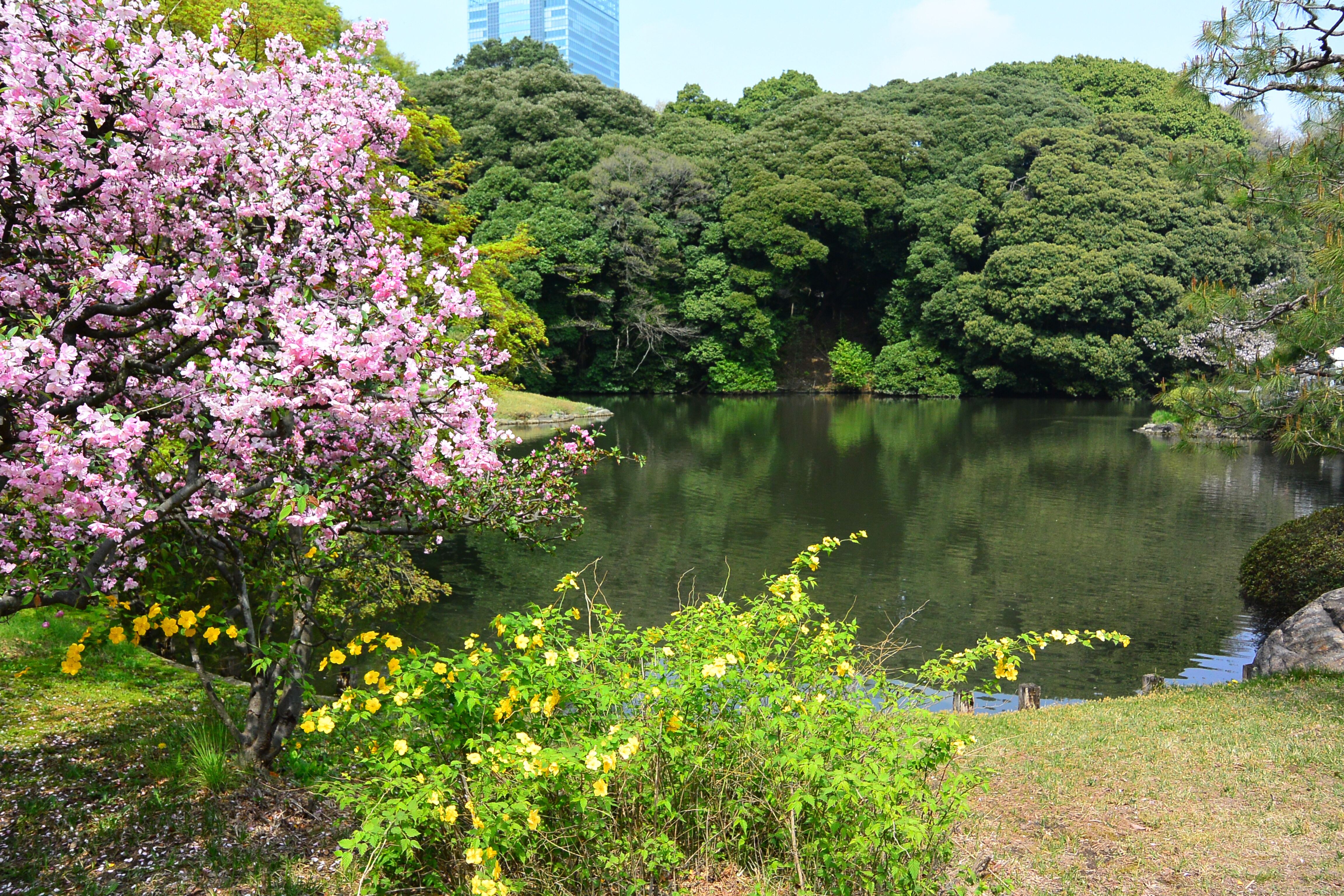
Cherry blossom was on full show with those now-familiar pinks and whites brightening up an otherwise drab garden that is still awakening from a cold winter. Young grass shoots are only just breaking through the straw-coloured remains of last season’s growth. Deciduous trees are showing signs of bud burst and the flowering plants are beginning to show signs that they will be blooming in a week or so.
Photographing the cherry blossom appears to be a national pastime. We observed everything from cheap mobile phones on selfie sticks to professional photographers who were directing models or wedding parties in an effort to best capture this fleeting burst of colour. Our thoughts turned to the famous line from the movie Jaws (when the shark was first sighted and the comment was made, “Gotta get a bigger boat”). Taking photos amongst all these amateur and professional photographers conjoured up a similar phrase that suited the situation: “Gotta get a bigger camera and lens”.


The gardens were clearly the place to be, with vast numbers of people out to take advantage of the pleasant weather and the stunning scenery. Wedding parties were being directed by their photographers to stand this way or that way – looking into one another’s eyes, staring into the distance, and generally posing in a number of ways that had the groom looking perplexed and the bride wondering whether her hair and make-up was OK.
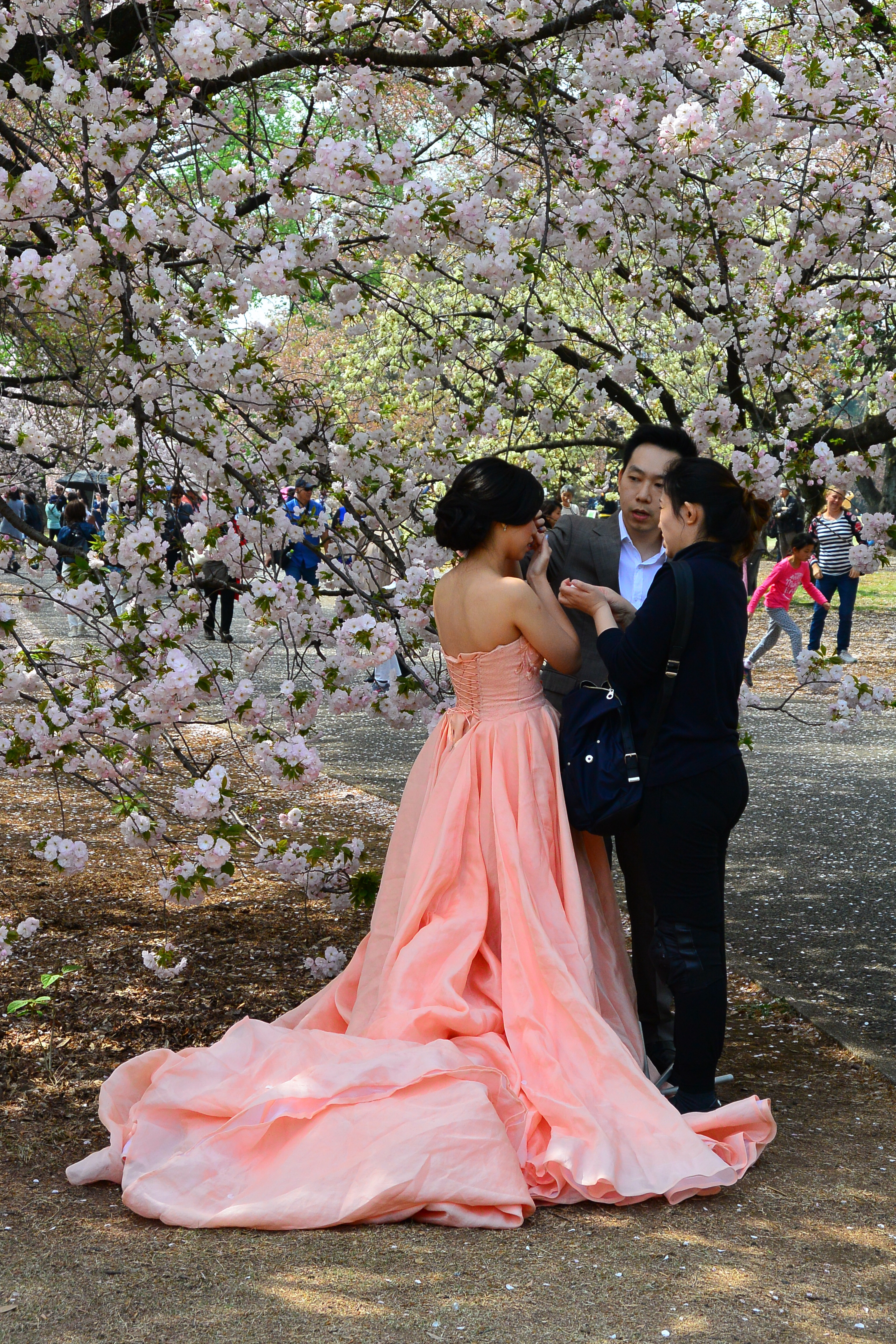
We exited the gardens from the entry point we used a few hours previously to find the numbers had swelled and what took us less than five minutes to gain entry could now be close to an hour!
Our thoughts turned to food and we set course for Takashiyama Times Square department store that apparently sold a half-decent coffee. After finding said coffee shop on the 12th floor, we decided that too much of what they sold appeared to rely on cream being dispensed from an aerosol can so we turned away, with intentions of finding another café within the store. Almost immediately we stumbled on a dumpling restaurant that has a franchise equivalent in Hong Kong where we had dined twice last year. The coffee was quickly forgotten as we tucked into a late brunch of freshly steamed pork dumplings and Chinese tea. Their prawn noodle soup was pretty good as well.
The next stop on our agenda was the huge Edo-Tokyo Museum, a short train trip away from where we had lunch. The impressive elevated building is built to resemble an old style of Japanese rice storehouse, occupying a space almost the size of a football stadium four floors above street level with an open paved forecourt underneath.
The museum traces the history of Edo, which was renamed Tokyo in the mid-1800s. It was here that we gained a small insight into how resilient the Japanese really are. In recent times (1923) an earthquake and resulting fires levelled Tokyo, then by 1945 the city was bombed to almost complete destruction during WWII.
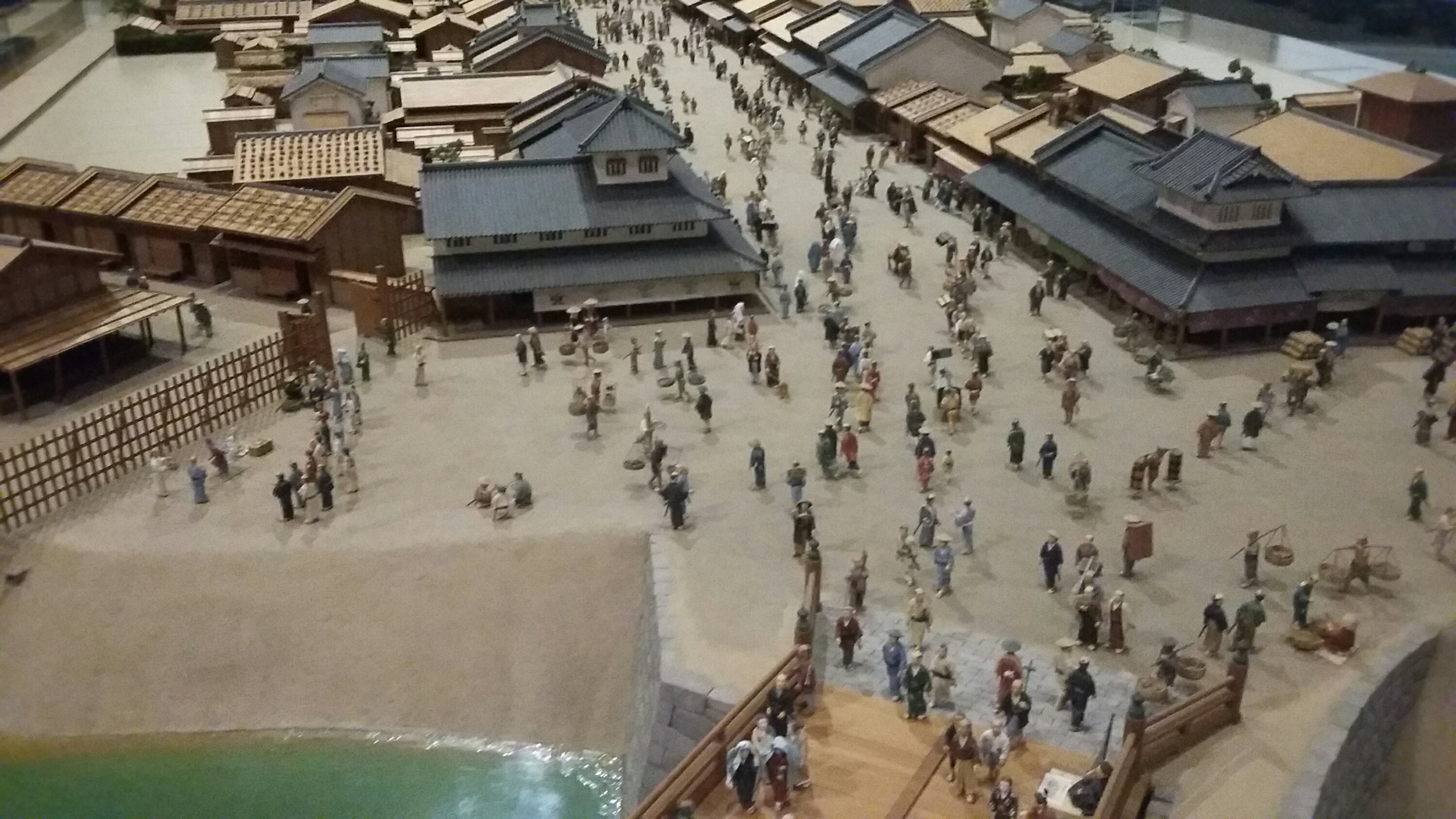
The museum presented a lot of wonderfully built timber models of times gone by, including streetscapes and buildings that would have been commonplace around the city. They ranged in scale from lifesized to miniatures and displayed magnificent skills to make them look as real as they did.
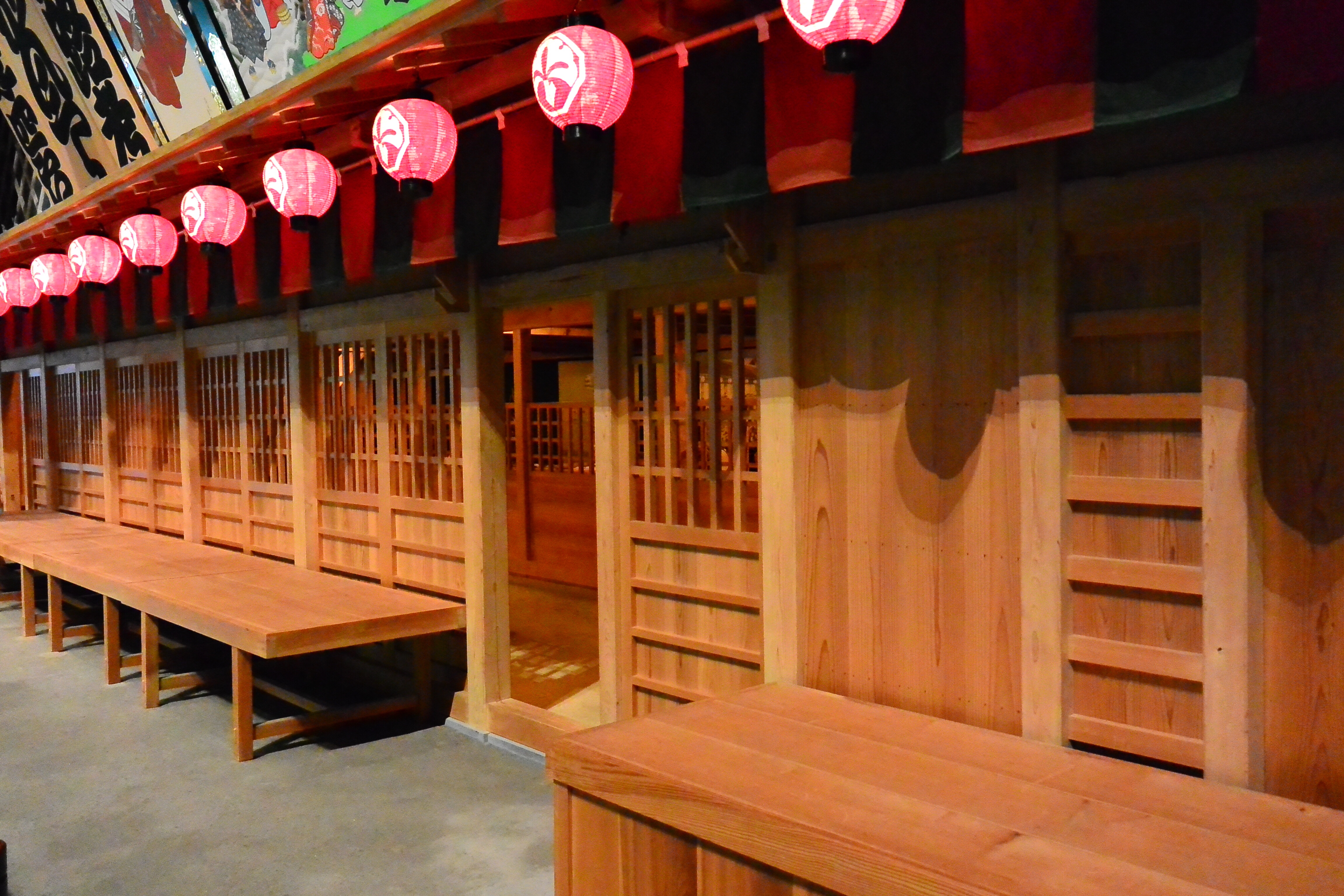

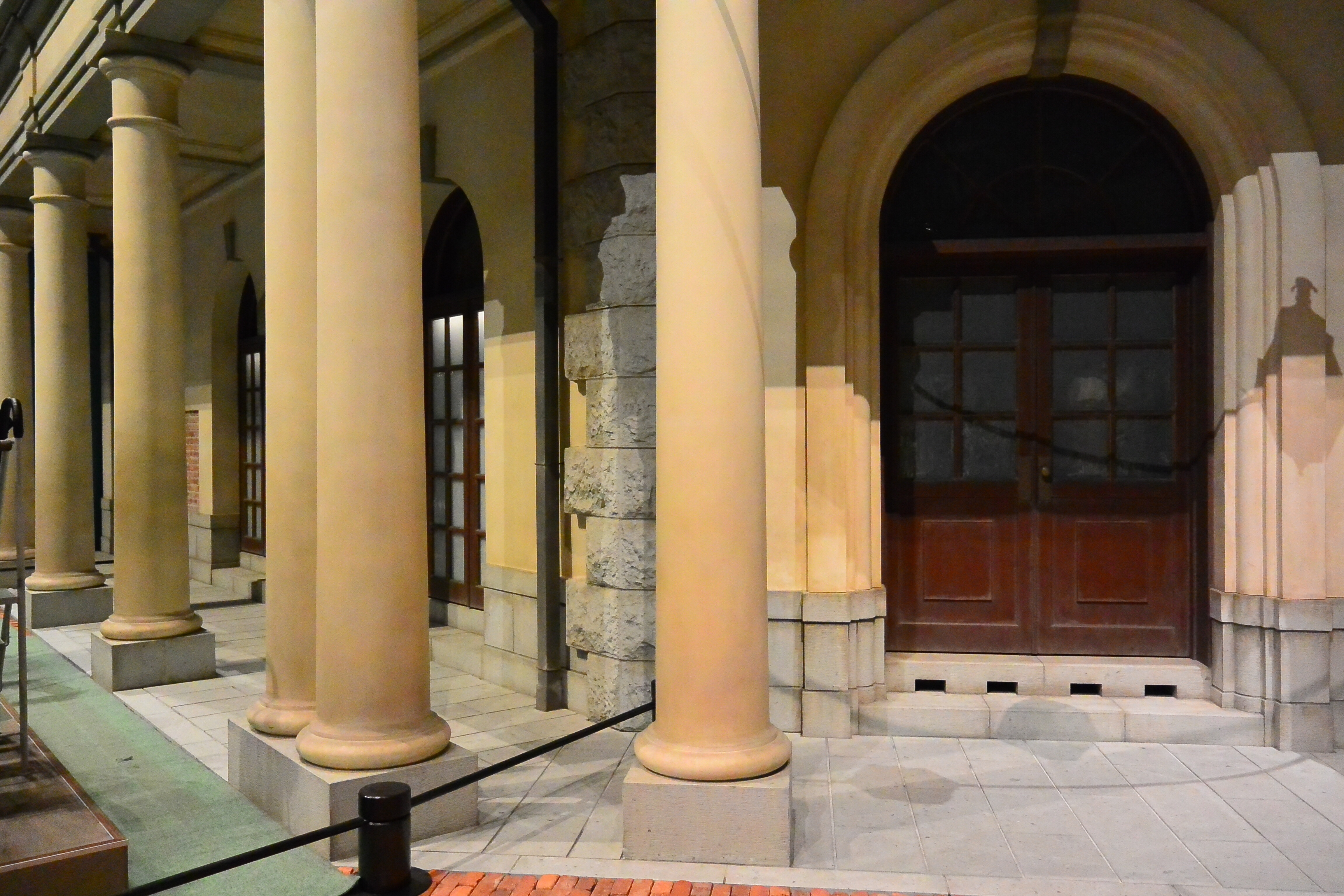
After leaving the museum, we successfully backtracked to our hotel, stopping for a coffee and hot chocolate at a small Eately store on the way through one of the underground walkways of Tokyo Railway Station.
Our day finished with a short walk to the local restaurant precinct that comes alive with office workers on their way home. The small narrow restaurants are set below the elevated railway that services Tokyo Central Station.
We found seats in a stylish restaurant that specialised in pork dishes. An English menu was brought to out table and before long our orders were served up – a stuffed pork roll wrapped in cabbage and baked in a rich sauce and a pork katsu, both with steamed rice, pickles, a very lightly boiled egg, soup and salads.
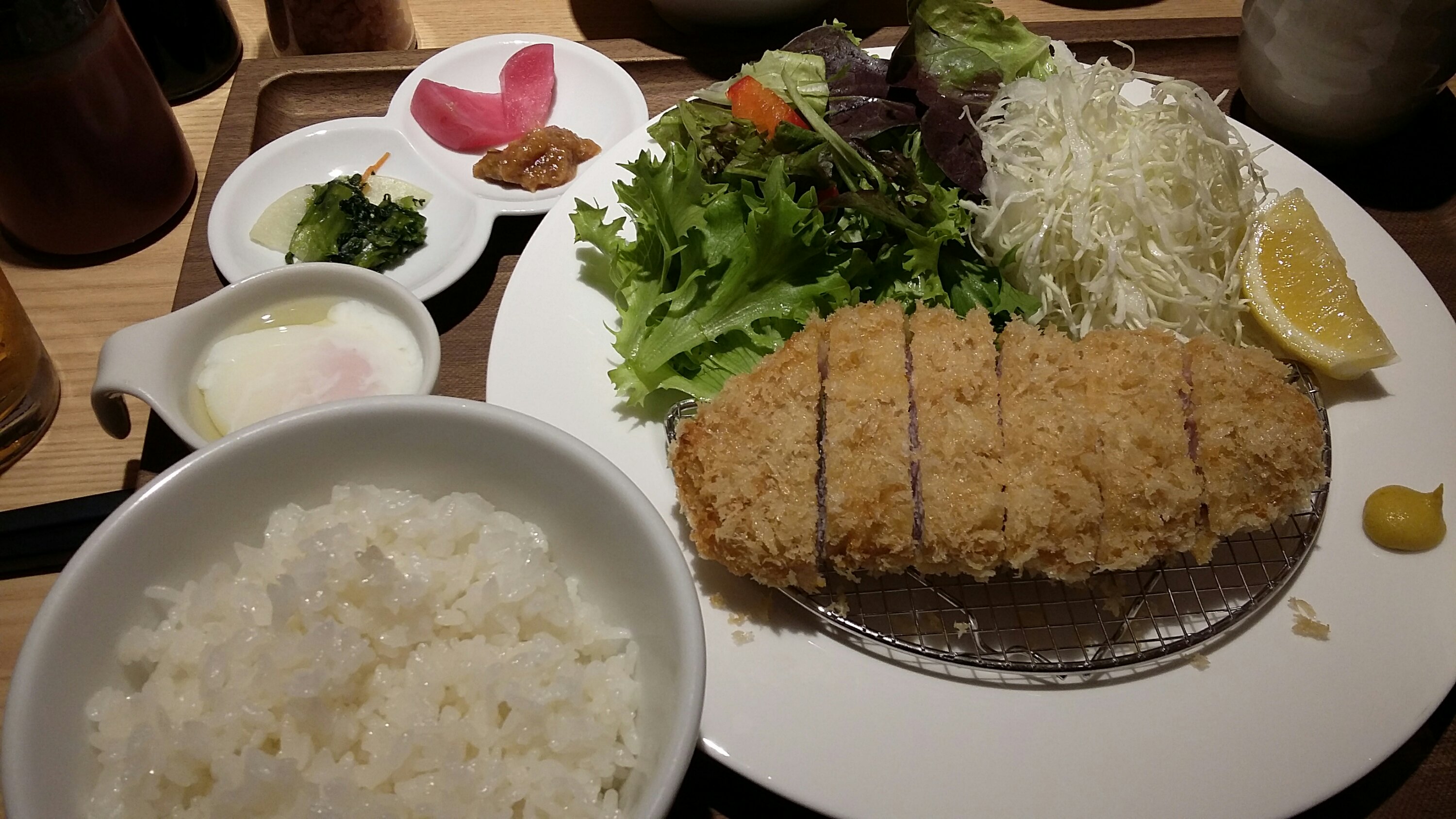
We have had full days in Tokyo. We have seen and experienced much but acknowledge there would be much more to see and do. Tomorrow we are off to Kyoto on the bullet train.
